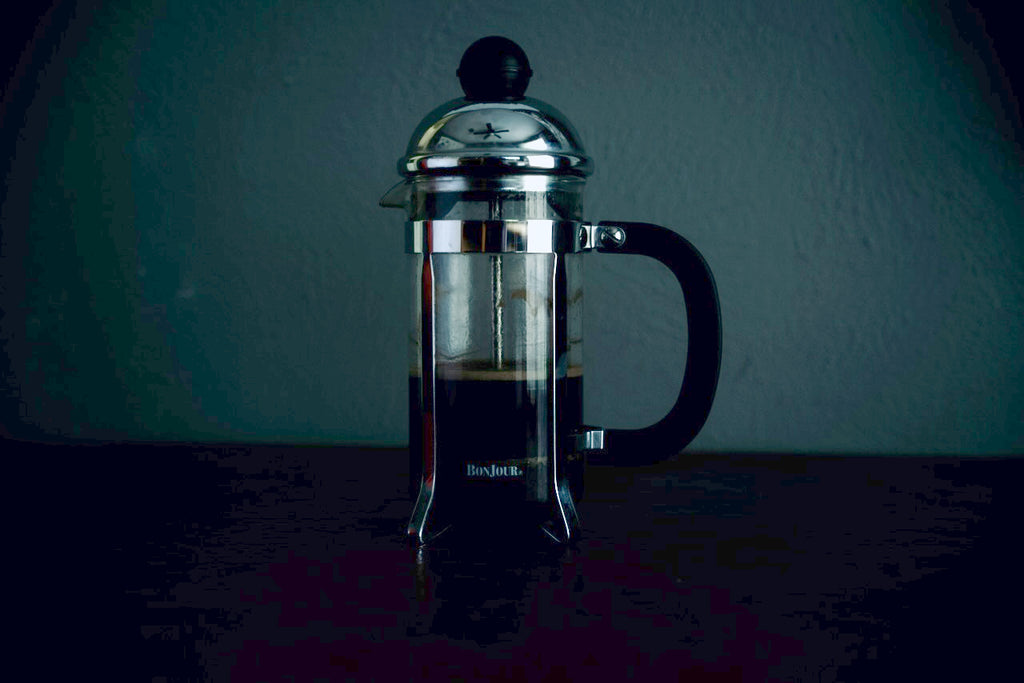Understanding Coffee Cupping: A Roaster's Guide for Coffee Lovers

As a coffee roaster, I've spent countless hours evaluating coffee through a process known as cupping. While this method is crucial in the industry, it's not always the most relevant for everyday coffee drinkers. Today, I want to share insights into the cupping process and help you understand what really matters when choosing your next bag of beans.
What is Coffee Cupping?
Coffee cupping is a standardized method used by industry professionals to evaluate coffee quality. It involves brewing coffee with hot water in small cups, then assessing various attributes like aroma, flavor, and acidity. While it's an essential tool for coffee buyers and roasters, it doesn't always translate directly to how we enjoy coffee at home.
Key Attributes in Coffee Evaluation
During cupping, professionals score coffee based on several attributes. Let's break down the most important ones for you as a coffee lover:
- Flavor: This is the coffee's primary character, the notes you taste as you sip. It's arguably the most crucial factor in your enjoyment.
- Aftertaste: How does the coffee linger after you swallow? A pleasant aftertaste can enhance your overall experience.
- Acidity: Often described as brightness, acidity adds complexity to coffee. It can range from subtle, like a crisp apple, to more pronounced, like a tangy citrus fruit.
- Sweetness: The counterpart to acidity, sweetness balances the cup and often manifests as fruit-like or caramel notes.
- Body: This refers to the coffee's mouthfeel or thickness. While important, it's something you can often adjust through brewing methods.
- Balance: How well do all these elements work together? A well-balanced coffee is harmonious, with no single attribute overpowering the others.
What Really Matters to You
As a coffee drinker, you don't need to worry about all the technical aspects of cupping. Instead, focus on what makes your coffee enjoyable. Here's what to consider:
- Flavor: This is your starting point. Do you prefer fruity, chocolatey, or nutty notes? Understanding your flavor preferences will guide your coffee choices.
- Acidity and Sweetness: These work together to create complexity. Some enjoy a bright, citrusy acidity, while others prefer a more subtle, sweet-leaning cup.
- Aftertaste: A pleasant aftertaste can make your coffee experience more satisfying and memorable.
- Balance: While subjective, a well-balanced coffee often provides a more enjoyable experience.
How to Talk to Your Roaster or Cafe
Armed with this knowledge, you can have more productive conversations with your local roaster or cafe. Here are some questions to ask:
- "How would you describe the flavor profile of this coffee?"
- "Is this coffee more acidic or sweet? Can you compare it to a fruit?"
- "How pronounced is the aftertaste?"
- "Would you say this coffee is well-balanced?"
Remember, there's no right or wrong in coffee preferences. The best coffee is the one you enjoy most.
Beyond Cupping: Finding Your Perfect Cup
While cupping provides valuable insights, your personal taste is what matters most. Don't be afraid to experiment with different coffees and brewing methods. Over time, you'll develop a better understanding of what you like.
As you explore, keep an open mind. The coffee that scores highest in a cupping session might not be your favorite, and that's perfectly fine. Trust your palate and enjoy the journey of discovering new flavors.
In the end, the world of coffee is vast and exciting. By understanding a bit about how professionals evaluate coffee, you can make more informed choices and have richer conversations about your daily brew. But always remember, the best cup of coffee is the one that brings you joy, regardless of its score on a cupping table.

Leave a comment